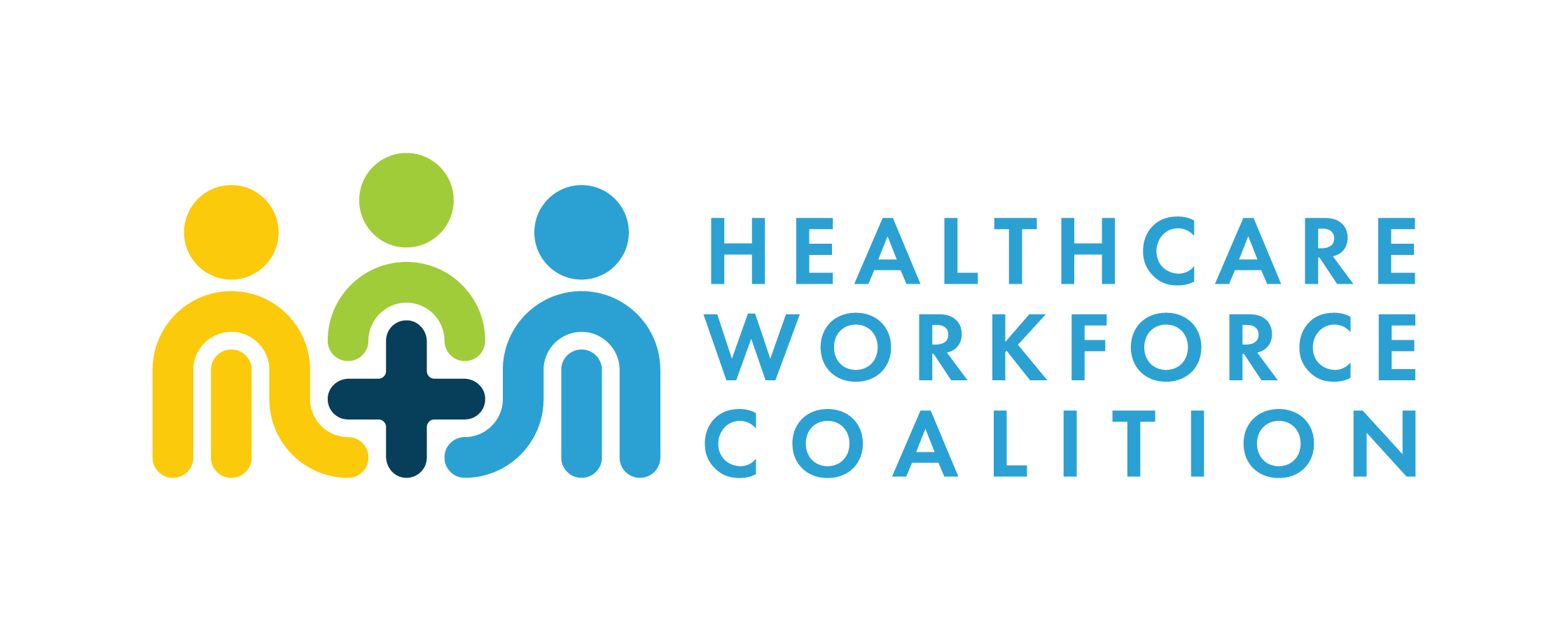Supporting healthcare education is critical to ensuring the future of our workforce
Colleges and universities are the backbone of the nation’s healthcare worker pipeline. But at a time when the U.S. needs to graduate more practice-ready students than ever, healthcare programs are experiencing serious challenges.
Healthcare Education Challenges Include:
Severe COVID-19 learning loss influencing students’ decisions to pursue a career in healthcare. The COVID-19 pandemic erased decades of progress in reading and math among our nation’s youngest learners, both of which are critical for succeeding in healthcare education. According to a survey from ATI Nursing Education, the most cited reason for students delaying or foregoing applying to a nursing program was a lack of academic preparedness.
High attrition among nursing students and new graduates. Data shows that the national dropout rate for nursing programs in the United States is 20% and roughly 42% of new graduates considered leaving the field of nursing. Medical schools also see significant attrition rates as high at 19%.
A serious faculty shortage. Approximately 8% of faculty positions at nursing schools across the country currently sit vacant, shrinking the capacity of schools and overburdening faculty in the field.
Limited program capacity. Nursing schools turned away over 78,000 qualified applications from baccalaureate and graduate nursing programs in 2022 alone due to capacity restraints. Similarly, the U.S. national average medical school acceptance rate sits at just 7%. To increase the physician workforce, medical schools need support to expand their capacity. When it comes to lab personnel, a type of allied health professional, the number of training programs is declining, contributing to a shortage of this critical profession. In fact, there are only ~240 medical laboratory technician and scientist training programs in the US today, a 7% drop from 2000.
To solve this crisis, policymakers must advance solutions that strengthen the pipeline. Therefore, investments in healthcare education programs that are training the next generation of allied health professionals, nurses, and physicians will be key. These solutions must support students with academic preparation and remediation, as well as expand the capacity of schools to graduate more practice-ready professionals.
With burnout at record-high levels and still on the rise, waves of retirements, increased workplace violence, low-wages, and heavy workloads, many healthcare professionals are leaving the field.
71,309 physicians left the workforce between 2021 and 2022, with internal medicine and family medicine impacted the most.
Nurses are also leaving the field in droves. Nearly 100,000 registered nurses were estimated to have left the field during the COVID-19 pandemic due to stress, burnout, and retirements and roughly 800,000 nurses intend to leave the profession by 2027.
Similarly, 85% of healthcare facilities are facing shortages of allied healthcare professionals. And if current trends hold, more than 6.5 million of the critical, lower-wage healthcare professionals such as medical assistants, home health aides, and nursing assistants will permanently leave these jobs within five years while only 1.9 million will replace them. This is not a sustainable trend.
To protect healthcare professionals and patient access to care, policymakers must advance solutions that better workplace conditions and retention.
Foreign healthcare professionals have played a vital role in alleviating our nation’s shortage of nurses, physicians, and allied health professionals, particularly during the COVID-19 pandemic. But bureaucratic red tape often stands in the way of well-educated, highly qualified providers from acquiring permanent visas that allow them to live and work in the United States and take care of patients. Policymakers must do more to improve the immigration process for healthcare workers in order to expedite their entry into the country and, ultimately, alleviate the shortage.
There is already a vast immigrant workforce that is an integral part of our nation’s healthcare system. About 29% of physicians were born in other countries and almost 7% are not U.S. citizens. Similarly, 15% of registered nurses practicing in the U.S. are foreign-born, and just over 23% of home health, psychiatric, and nursing aides were born outside the U.S. and almost 9% are not citizens.
Foreign-born healthcare professionals can play a key role in filling the gaps in our healthcare pipeline and workforce:
Over 100 million Americans live in a Health Professional Shortage Area (HPSA) designated by the federal government.
The U.S. Bureau of Labor Statistics projects over 177,000 openings for registered nurses for each of the next 10 years to replace workers leaving the field or retiring. But U.S. nursing schools are not currently graduating enough students to meet this demand.
While the number of medical school graduates in the U.S. has increased significantly in recent decades, the Medicare-funded training opportunities for these graduates remain at 1996 levels, and Medicare caps have created imbalances that favor allocation of slots to lower-cost, higher-reimbursement specialties instead of the more urgently needed primary care and behavioral health specialties.
To increase the number of healthcare professionals in our nation’s workforce and protect patient access to care, policymakers must advance solutions that ease the pathway for immigrant healthcare workers.
Resource
Download our resource on America's Healthcare Workforce by the numbers.
